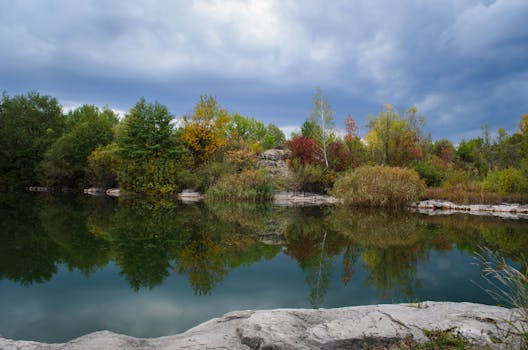
Climate change is one of the most pressing issues of our time, with far-reaching implications for global ecosystems. As temperatures rise and weather patterns shift, the delicate balance of life on Earth is threatened. This article delves into the impact of climate change on various ecosystems, highlighting the challenges faced by flora and fauna alike.
Understanding Climate Change
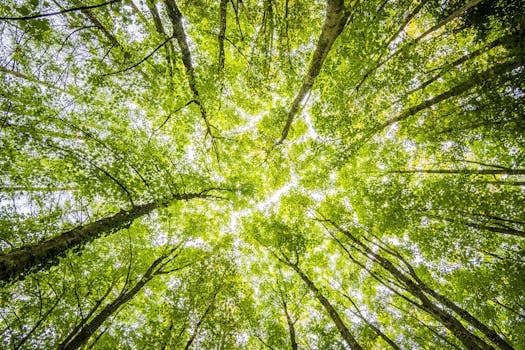
Climate change refers to significant changes in global temperatures and weather patterns over time. While climate change is a natural phenomenon, human activities have accelerated its pace, primarily through the burning of fossil fuels, deforestation, and industrial processes. The increase in greenhouse gases, such as carbon dioxide and methane, is mainly responsible for the warming of our planet.
Effects on Terrestrial Ecosystems
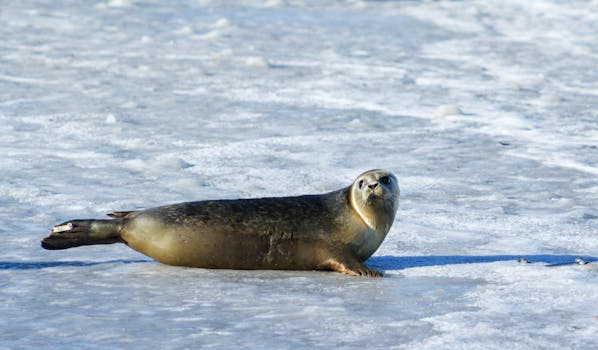
Terrestrial ecosystems, including forests, grasslands, and deserts, are experiencing dramatic changes due to climate change. Rising temperatures have led to altered growing seasons, affecting plant reproduction and growth. Species that rely on specific climate conditions are at risk of extinction as their habitats become unsuitable.
Furthermore, increased frequency of wildfires, droughts, and pests threatens the health of forests. For example, the bark beetle infestation in North America has been exacerbated by warmer winters, leading to widespread tree mortality.
Impact on Aquatic Ecosystems
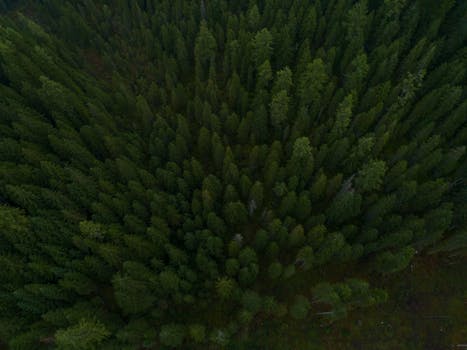
Aquatic ecosystems, such as oceans, rivers, and wetlands, are also significantly affected by climate change. Ocean acidification, caused by increased CO2 absorption, poses a severe threat to marine life, particularly organisms that rely on calcium carbonate, like corals and shellfish. Coral reefs, often called the “rainforests of the sea,” are experiencing bleaching events at unprecedented rates, leading to coral death and loss of biodiversity.
Additionally, rising sea levels threaten coastal habitats, resulting in habitat loss for numerous species. Fish populations are shifting towards cooler waters, disrupting fishing industries and local economies.
Impact on Biodiversity
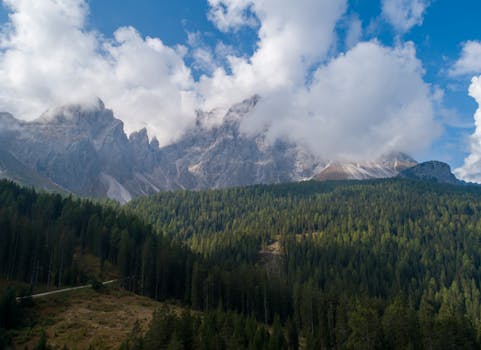
Climate change is one of the leading causes of biodiversity loss globally. Many species struggle to adapt to rapidly changing environments, leading to shifts in migration patterns and population declines. For instance, polar bears are losing their sea ice habitat, which is crucial for hunting seals.
Increased competition among species for dwindling resources can lead to further extinctions, particularly in biodiversity hotspots where unique species are already under threat. Conservation efforts must adapt to the challenges posed by climate change to preserve global biodiversity.
Mitigation and Adaptation Strategies
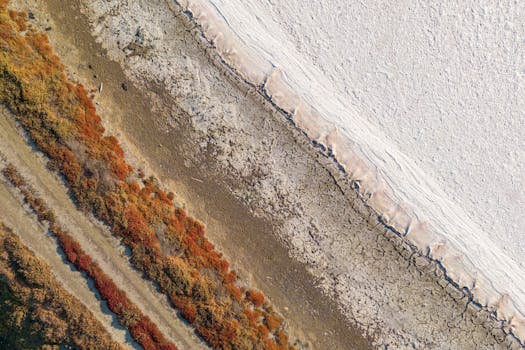
Addressing the impact of climate change on ecosystems requires both mitigation and adaptation strategies. Mitigation involves reducing greenhouse gas emissions through renewable energy sources, energy efficiency, and reforestation efforts. On the other hand, adaptation strategies focus on helping ecosystems and communities adjust to the changing climate.
For example, creating wildlife corridors can help species migrate to more suitable habitats, while restoring degraded ecosystems can enhance resilience against climate impacts. Public awareness and education are also crucial in promoting sustainable practices that protect our planet.
Conclusion

The impact of climate change on global ecosystems is profound and multifaceted. As we face increasing temperatures and shifting weather patterns, it is imperative that we take action to mitigate these effects and protect our planet’s biodiversity. By understanding the challenges ahead, we can work together to ensure a sustainable future for all living organisms.





